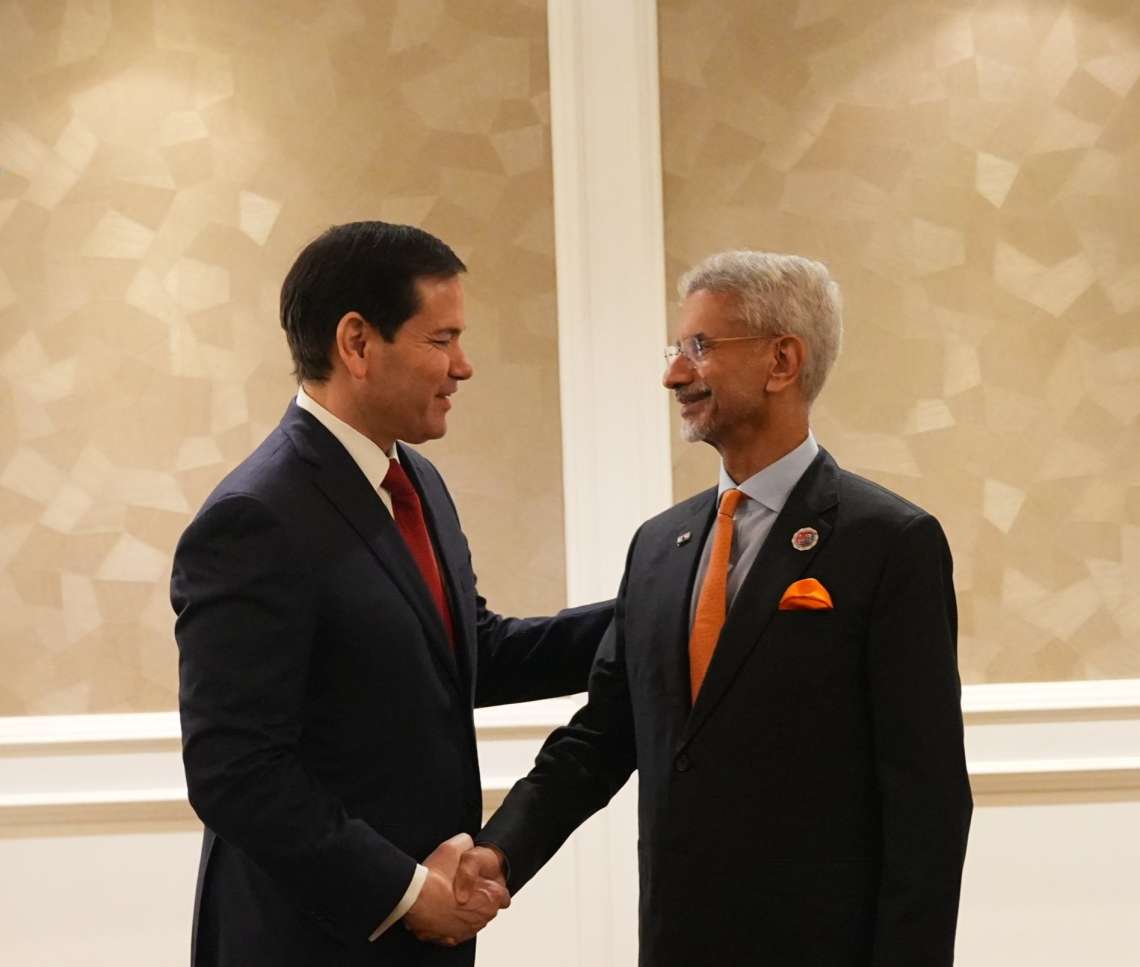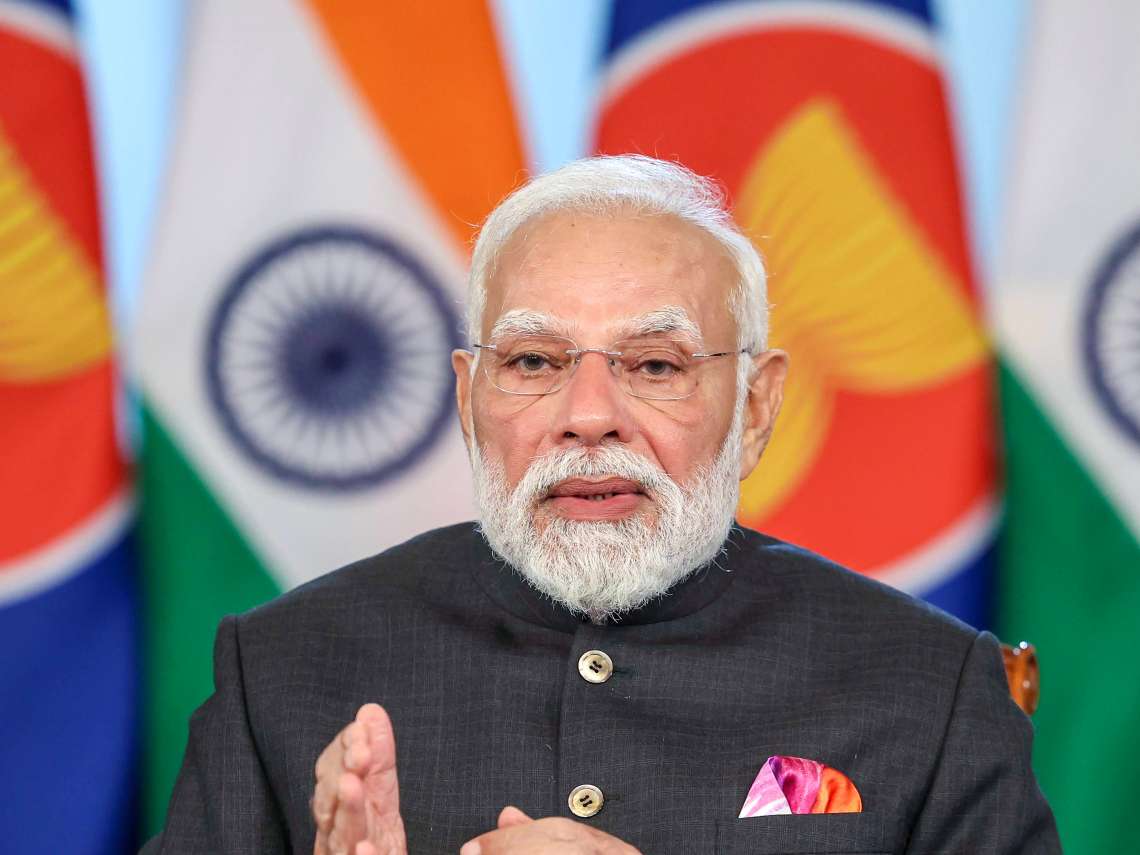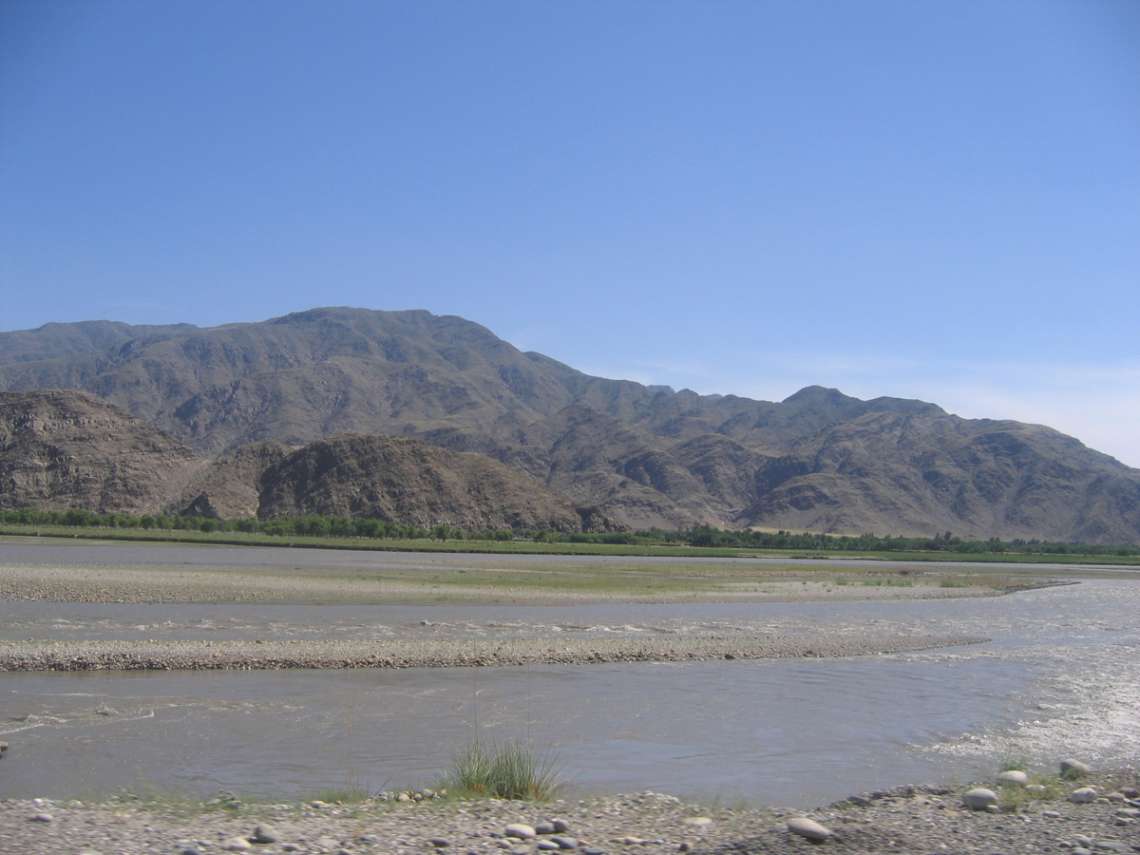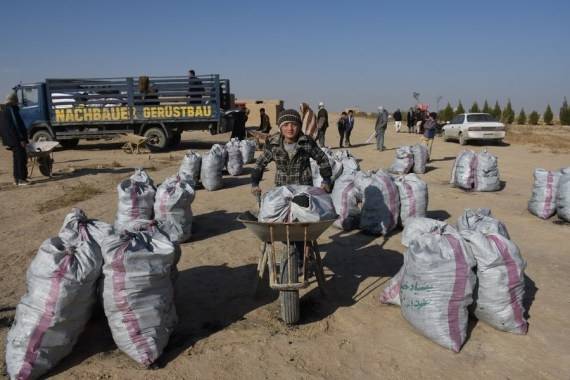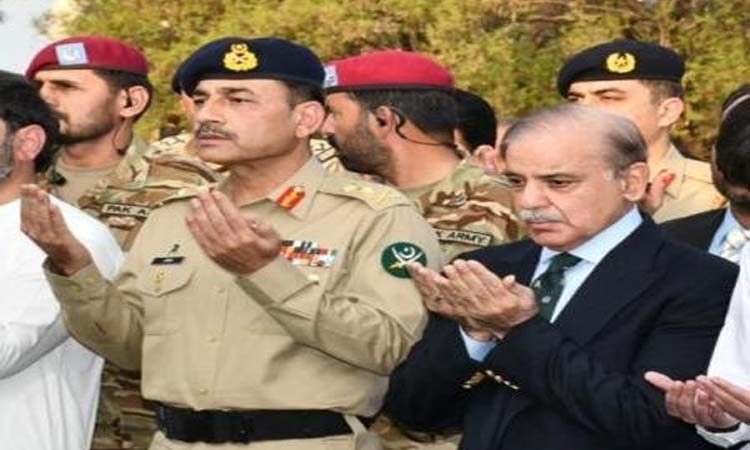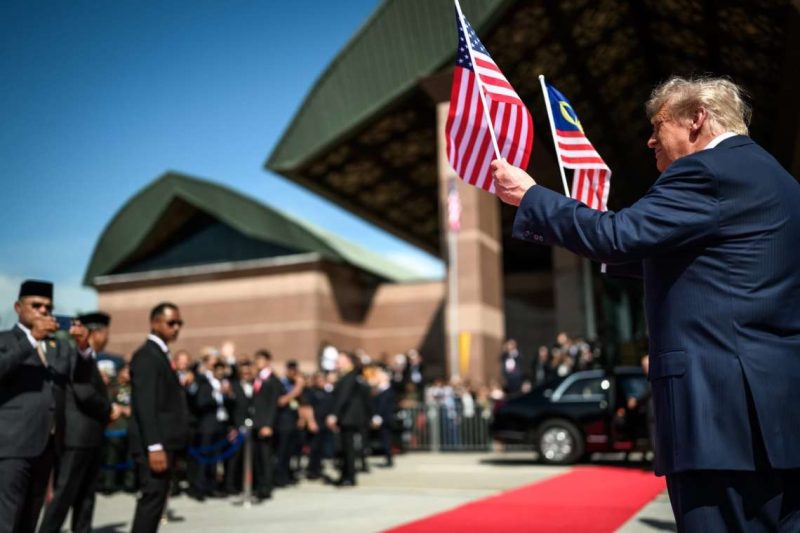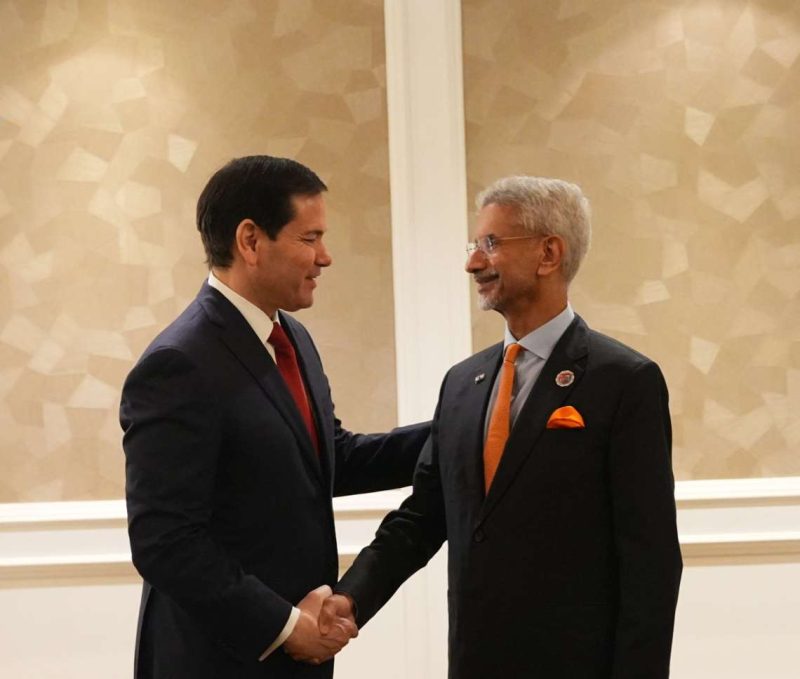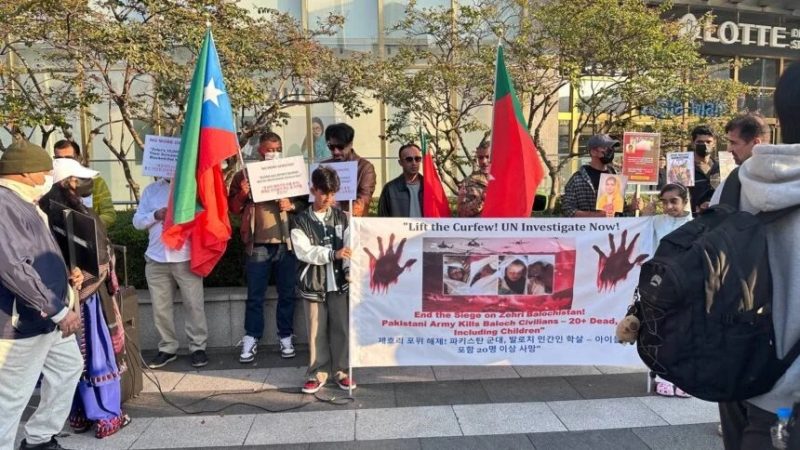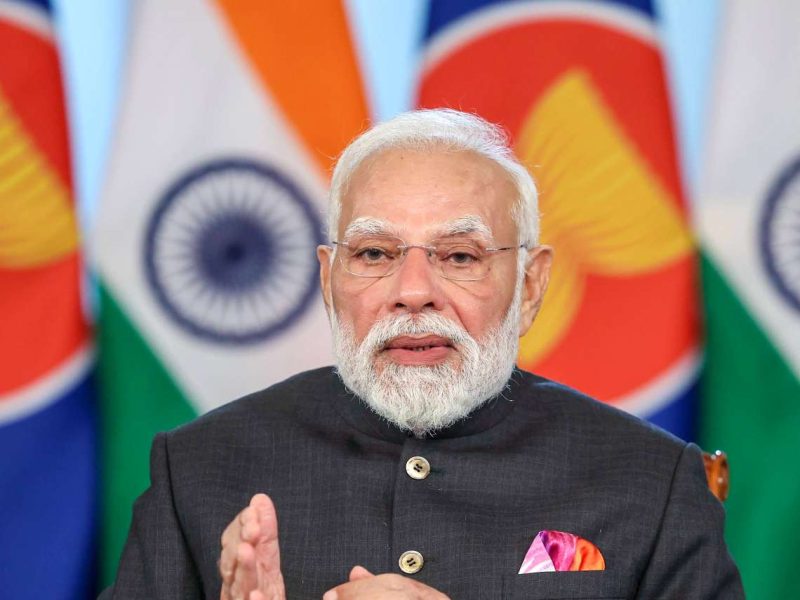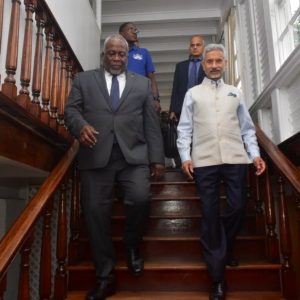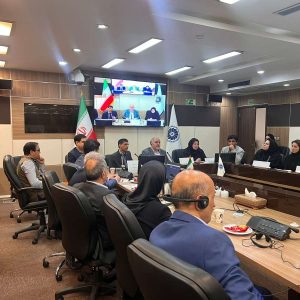Even policemen in uniform should be sensitised to take note of activities of fora that are playing ‘politics by proxy’ in collaboration with external lobbies, writes D.C. Pathak
Whenever there is mention of a threat to national security, people think of our defence forces in their glorious battle dress — protecting the country on our borders against external attacks and winning the war for us.
Security has for long been an issue of war and peace and all countries, big or small, maintained an army and sought alliances to defend themselves against their known enemies.
In the days of Cold War, the two superpowers tried to outdo each other militarily and their race for superiority in the use of missiles produced the ultimate deterrence – the system termed as Mutually Assured Destruction (MAD) built by the US.
Even as the open warfare was kept in check, there were attempts to cause ideological subversion and foment armed insurgency to weaken the adversary. It is, however, the rise of the phenomenon of ‘covert’ offensives witnessed in the post-Cold War period – after the success of the anti-Soviet armed campaign in Afghanistan had resulted in the dismemberment of USSR ending the Cold War – that brought in the era of ‘asymmetric’ warfare.

Significantly, it is Afghanistan again that became the territory where – after one superpower was vanquished – the new global terror of Islamic radicals rooted in faith-based motivation would emerge to challenge the US, the other superpower.
Use of terrorism for covert offensives across geographical boundaries helped replace open attacks with ‘proxy wars’ – with India becoming the biggest victim of cross-border terror instigated by Pakistan in Kashmir and elsewhere.
26/11 became India’s 9/11 as Pakistan’s ISI used terrorists to carry out an unprecedented covertly planned attack on Mumbai from the sea front. This war by stealth has set apart the distinct dimensions of ‘defence’ and ‘security’, calling for new measures to cope up with the advancement of weaponry in one case, and the technology used by terrorists in the other.
The Sino-Pak axis has aggravated the threat of Pak-sponsored proxy war against India as cross-border terrorism was now sustained by the use of drones – a product of Chinese technology – for surreptitious dropping of arms and ammunition in the Kashmir Valley and drugs in the bordering areas of Punjab.
Emergence of social media as an instrument of combat and use of internet for spreading ‘radicalisation’ and facilitating recruitment of potential terrorists have made the work of the adversary easier and the task of countering it so much more difficult.

The threats in the cyber space are in prime focus of the security strategy in both the US and India. Importance of cyber security was highlighted at the recently-held DGPs’ conference in Lucknow, where Prime Minister Narendra Modi was himself present at the entire session for two days.
The threat of terrorism has resulted in two new developments – induction of Army in counter-terror operations on our own soil taking the challenge of civil-military cooperation to an entirely different plane, and opening of the ground for para-military forces of the Centre and Army to work together for the security of our borders.
The Army trained in inflicting maximum casualties on the enemy attacking the country had to specially train itself for keeping collateral damages in counter-terror operations to its minimum, and presenting before the population the image of an empathetic force.
Intelligence-based operations help in this and that is why the role of our intelligence infrastructure for the maintenance of internal security has become extremely critical. Security is protection against covert actions of the unseen enemy and is therefore anchored entirely on timely information on the plan and location of the latter which is precisely what intelligence was.

An entirely new extension of ‘proxy war’ aimed at ‘winning the war by other means’ is the use of civil rights fora to run down a democratically elected government by building narratives for influencing the unsuspecting people against the ruling dispensation.
Majoritarianism, authoritarianism and treatment of minorities are ‘issues’ that could be easily built on vague grounds for creating the impression that Constitutional mandate was not being followed by the ruling regime.
Influencing the political outcome through non-governmental bodies linked to lobbies at home and abroad is a new age phenomenon — it uses ‘human’ channels that supplemented what was being attempted through ‘technology’ on the internet.
The significance of the recent address of National Security Advisor Ajit Doval at the ‘passing out’ function for new IPS officers at the National Police Academy in Hyderabad can be grasped in this context.
He pointed out that civil society was the new frontier of war as it can be manipulated to hurt a nation’s interests. He aptly described it as ‘fourth generation’ warfare — it certainly represented the finer realms of ‘proxy war’.
Those who are to safeguard internal security – and police is often the first responder there – needed to be made fully aware of this challenge that went beyond the conventional law and order.

The strategy of internal security has to shift in favour of enlarging the intelligence capability of our police organisations. There is strong presence already of armed forces in the border states of India, including the Northeast, and the deterrence of the uniform exists but only to an extent – the enemy agents learn to operate by going round the ‘pickets’.
Visibility of force gave confidence to the law abiding that the state is there to protect them and this could possibly also encourage them to be bold about doing their bit to contribute to national security.
However, it is the success of the adversary in creating an underground network of agents and operators that needs to be thwarted. Efforts of the central intelligence agencies to unearth this hidden danger have to be augmented by the intelligence produced by state and district intelligence machineries in operational cooperation with the former.
Technology for improving policing has to be developed on a priority basis and this precisely was the message that Prime Minister Modi gave to the recent conference of DGPs at Lucknow.
In vulnerable border states such as J&K, Punjab, Arunachal, Mizoram, Nagaland and Manipur, a greater proportion of state police personnel should be seconded to intelligence function.
Even policemen in uniform should be sensitised to take note of activities of fora that are playing ‘politics by proxy’ in collaboration with external lobbies. This should be done without prejudice to legitimate media activity and philanthropic missions, and action should be initiated only where there is a clear violation of the country’s laws.
In essence, the three contemporary features of India’s internal security scenario are the adversary’s attempts to use radicalisation for trapping vulnerable elements into becoming a part of the underground terror network, accentuate the majority-minority divide to feed communal militancy, and float civil society platforms to run down India on issues of governance.
Intellectualised debates have been sponsored on matters ranging from putting a question mark on Indian identity to advocating a place for China in Indo-Pak talks on Kashmir, because of the Chinese claim on the territory of that state.
The challenge on internal security front is to draw in the police as a responder without permitting any scope for politicisation of the same.
(The writer is a former Director of Intelligence Bureau; the views expressed are personal)



